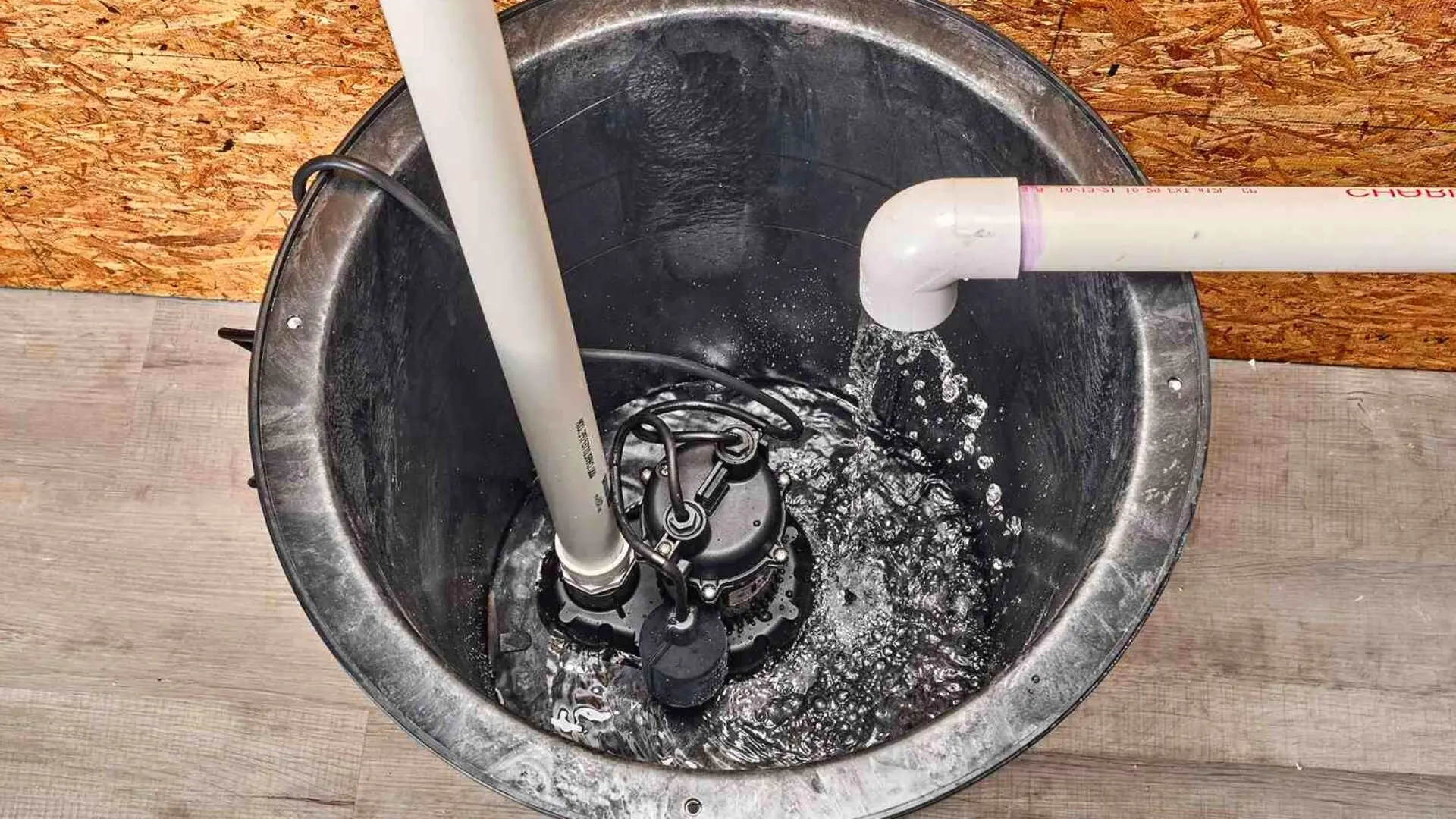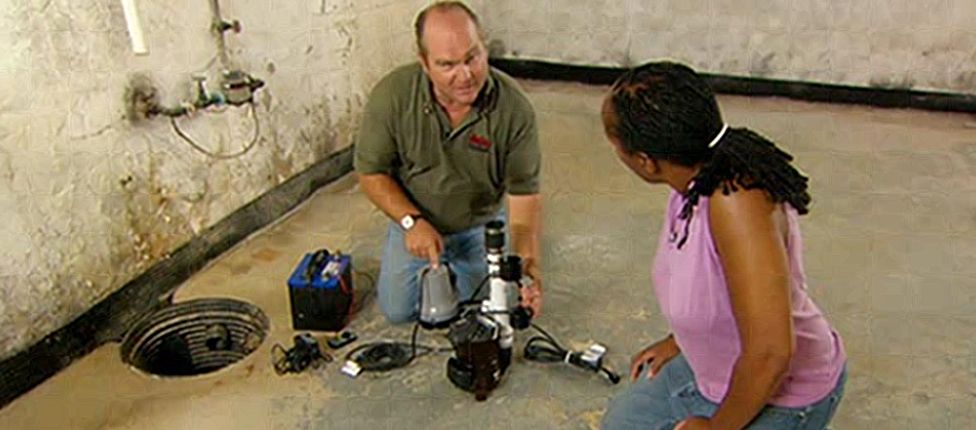An Comprehensive Guide to Taking Care of a Sump Pump
An Comprehensive Guide to Taking Care of a Sump Pump
Blog Article
The publisher is making a number of great pointers relating to How to Care for Your Sump Pump in general in this content further down.

Sump pumps are critical elements in many homes, especially in locations prone to flooding or extreme wetness. They assist prevent water damages by successfully removing excess water from basements or crawl spaces. Nevertheless, like any other home appliance, sump pumps call for routine maintenance to ensure they function successfully when needed the most. Cleansing your sump pump is a vital part of its maintenance, and understanding how to do it correctly can save you from costly repair work and possible calamities.
Intro
Preserving a tidy sump pump is important for its proper functioning and longevity. Disregarding this essential job can cause clogs, malfunctions, and eventually, water damages to your residential or commercial property. For that reason, finding out exactly how to clean a sump pump is vital for home owners who count on these gadgets to maintain their cellars dry and secured.
Indicators of a Dirty Sump Pump
Understanding when your sump pump needs cleansing is critical for protecting against potential malfunctions. Some usual indicators that indicate a filthy sump pump consist of strange noises throughout operation, minimized water flow, and noticeable particles in the pit. If you notice any one of these signs and symptoms, it's necessary to cleanse your sump pump immediately to stay clear of any kind of further issues.
Getting ready for Cleaning
Before you begin cleaning your sump pump, it's necessary to take some safety and security precautions. Begin by shutting down the power to the pump to prevent any type of electrical accidents. Additionally, use proper safety equipment, such as handwear covers and safety glasses, to protect on your own from dirt, debris, and possible virus.
Comprehending the Sump Pump
Before diving right into the cleaning process, it's vital to have a fundamental understanding of how a sump pump functions. Normally set up in a pit or container below the cellar floor, a sump pump includes several crucial components, including a pump, a float button, and a discharge pipe. When water accumulates in the pit, the float button turns on the pump, which then pumps the water out with the discharge pipeline, far from the building's foundation.
Step-by-step Guide to Cleansing a Sump Pump
Turning off the Power
Begin by disconnecting the power supply to the sump pump to prevent any type of crashes while cleaning.
Looking For Correct Performance
Prior to re-installing the pump, do a fast test to ensure that the float switch triggers the pump properly. Pour some water into the sump pit and observe the pump's procedure. If every little thing is working properly, you can reassemble the pump and reconnect the power supply.
Removing Particles and Dirt
Use a pail or a scoop to get rid of any visible particles, dust, or debris from the sump pit. Dispose of the debris properly to prevent it from obstructing the pump or the discharge pipe.
Cleansing the Pump and Drift Switch
As soon as the pit is clear of debris, meticulously get rid of the pump from the pit. Inspect the pump and the float switch for any type of indications of damage or wear. Make use of a soft brush or cloth to clean up the surface areas and remove any type of accumulated gunk.
Purging the System
After cleansing the pump and float button, flush the sump pit with clean water to remove any type of continuing to be dirt or sediment. This will help ensure that the pump runs efficiently and successfully.
Maintenance Tips to Keep Your Sump Pump Clean
In addition to regular cleansing, there are a number of maintenance suggestions you can follow to keep your sump pump in optimal condition:
Conclusion
Cleansing your sump pump is an essential facet of its upkeep and ensures that it runs efficiently when you need it the most. By complying with the steps outlined in this overview and incorporating routine maintenance right into your routine, you can extend the lifespan of your sump pump and secure your home from water damage.
6 STEPS ON HOW TO CLEAN A SUMP PUMP PROPERLY
UNDERSTANDING SUMP PUMPS
Your sump pump plays a crucial role in protecting your home by managing and removing excess water. It primarily functions as a “shield”, guarding your basement against the damaging effects of water accumulation. The pump is housed in a sump pit in the lowest part of your basement, and its job is to pump out any water that collects there.
During heavy rainfalls or when snow melts rapidly, water can infiltrate your basement, posing potential risks like flooding, structural damage, and harmful mold growth. Here, the sump pump springs into action, pumping out the intruding water and directing it away from your home.
SAFETY FIRST
Before cleaning, remember to prioritize safety. Disconnect the sump pump from the power source to prevent any accidental electric shocks. Also, wear sturdy gloves to protect your hands from any sharp or dirty components within the pump.
REMOVE THE SUMP PUMP
After ensuring your safety, the next step is to remove the sump pump from its pit. Doing this might require careful maneuvering as you don’t want to damage any pump components. Once removed, clean the sump pit to remove any accumulated debris or sludge.
INSPECT THE PUMP
Inspect the pump for any visible signs of wear or damage. Check the power cord, float switch, and impeller housing. If any components look worn out or damaged, consider replacing them to ensure optimal performance.
CLEAN THE PUMP
Thoroughly clean the pump with warm, soapy water. Make sure to rid it of any dirt, gravel, or other debris that might impede its performance. You can use a toothbrush to clean the small, hard-to-reach parts of the pump.
REINSTALL THE SUMP PUMP
Reinstall the pump into the sump pit Make sure it’s positioned correctly to remove the water effectively Once it’s back in place, reconnect it to the power source TEST THE PUMP
Finally, pour some water into the pit to ensure the pump works correctly. It should start automatically and begin pumping out the water; if it doesn’t, check the power source and the positioning of the pump.
Remember, while cleaning your sump pump is an essential part of home maintenance, hiring a professional plumber for a thorough inspection and cleaning at least once a year is also important. This will ensure that your pump is in optimal condition, ready to protect your home from potential water damage.
BEST PRACTICES FOR CLEANING SUMP PUMP DISCHARGE PIPES
Regular Inspection: Regularly inspect your discharge pipes, especially during heavy rainfall or snowmelt periods. Look for any signs of blockage or damage. Early detection of problems can prevent serious issues down the line. Periodic Cleaning: Over time, sediment and debris can accumulate in the discharge pipes, impeding the flow of water. Regular cleaning helps keep the pipes clear and functioning efficiently. You can use a high-pressure water jet to effectively clean the pipes. Insulation During Winter: In colder climates, discharge pipes can freeze, blocking the outflow of water. Protect your discharge pipes from freezing temperatures by insulating them with foam pipe insulation. This will ensure the sump pump can continue to discharge water even in freezing conditions. Proper Positioning: The discharge pipe should be positioned to direct water away from your home’s foundation. Improper positioning can lead to water seeping back into the basement. Ensure the pipe is long enough and angled correctly. Installation of a Check Valve: A check valve prevents water from flowing back into your sump pit after the pump has pushed it out. Installing a check valve helps maintain the efficiency of your sump pump and reduces the risk of flooding. Minimize Pipe Turns: Every curve or turn in the discharge pipe can decrease the efficiency of water flow. By minimizing turns and bends in your discharge pipe, you can increase the efficiency of your sump pump. https://www.fullspeedplumbing.com/how-to-clean-a-sump-pump-properly9999/

I'm very drawn to Steps to Cleaning Your Sump Pump Properly and I hope you enjoyed reading the entire piece. Sharing is nice. You won't know, you will be doing someone a favor. Kudos for your time. Kindly pay a visit to our website back soon.
Request Appointment Report this page